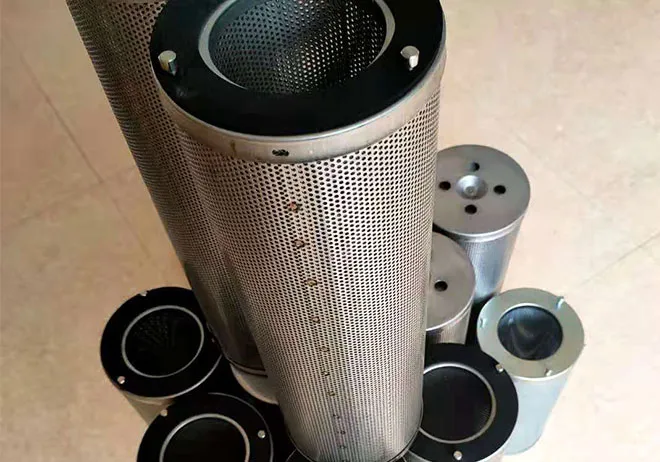 Tel:
+8615930870079
Tel:
+8615930870079
Nov . 29, 2024 04:27 Back to list
Effective Solutions for Air Filtration Cartridge Systems in Modern Environments
Understanding Air Filtration Cartridges A Comprehensive Guide
In today's fast-paced world, maintaining good indoor air quality is vital for health and well-being. Air filtration cartridges play a crucial role in achieving this by removing pollutants, allergens, and other harmful particulates from the air we breathe. This article delves into the significance of air filtration cartridges, their types, how they work, and their applications in various settings.
What Are Air Filtration Cartridges?
Air filtration cartridges are components used in air purification systems designed to remove particulate matter and other harmful substances from the air. They work by trapping pollutants within their filter media, allowing clean air to pass through. These cartridges are available in various sizes and designs to fit different air filtration systems, from residential air purifiers to industrial HVAC systems.
Types of Air Filtration Cartridges
There are several types of air filtration cartridges, each designed to target specific contaminants. The most common include
1. HEPA Cartridges High-Efficiency Particulate Air (HEPA) filters are renowned for their ability to capture 99.97% of particles as small as 0.3 microns. They are highly effective against allergens such as dust mites, pollen, and pet dander, making them ideal for households with sensitive individuals.
2. Activated Carbon Cartridges These cartridges are designed to absorb odors and volatile organic compounds (VOCs) found in household products. Activated carbon is porous and has a high surface area, allowing it to trap harmful gases effectively. These filters are particularly useful in kitchens and areas with high chemical usage.
3. Electrostatic Filters Utilizing static electricity, these filters attract and collect dust and other charged particles. They are reusable and can often be washed, making them a more sustainable option compared to disposable filters.
4. UV Filters Some advanced air filtration systems incorporate UV light technology to kill bacteria and viruses. While these filters don't necessarily capture particulates, they sterilize the air, providing an additional layer of protection against biological contaminants.
How Do Air Filtration Cartridges Work?
air filtration cartridges

The functionality of air filtration cartridges is straightforward yet efficient. Air is drawn into the filtration system, where it passes through one or more layers of filters. Each layer is designed to capture specific types of particles
- The pre-filter often traps larger particles, thus prolonging the life of the main filter. - The HEPA filter captures smaller allergens and pollutants. - Any additional layers, such as activated carbon or UV systems, address odors and microorganisms.
Regular maintenance is crucial; filters must be replaced or cleaned according to the manufacturer's recommendations to maintain optimal air quality.
Applications of Air Filtration Cartridges
Air filtration cartridges have a wide range of applications across various settings
- Residential Spaces Home air purifiers use these cartridges to provide clean air free from allergens, making them essential for families with allergies or respiratory conditions.
- Commercial Use Businesses utilize air filtration systems to protect employees and customers, providing a healthier indoor environment. This is particularly vital in settings such as offices, schools, and healthcare facilities.
- Industrial Applications Factories and manufacturing plants often require specialized air filtration systems to mitigate dust and chemical exposure, ensuring the safety of workers and compliance with regulatory standards.
Conclusion
Investing in quality air filtration cartridges is essential for ensuring a healthy indoor environment. As air pollution becomes an increasing concern, utilizing the right filtration systems helps combat the negative effects of airborne contaminants. Whether for home use or industrial applications, understanding the types and functionalities of air filtration cartridges ensures that you can make informed decisions to enhance air quality. As we move forward, the importance of clean air will only grow, making efficient filtration technology an integral part of modern living.
-
Types and Applications of Air Filtration CartridgesNewsJul.28,2025
-
The Role of Gas Turbine FiltersNewsJul.28,2025
-
Mastering Air Filter Cartridge UseNewsJul.28,2025
-
Advanced Turbine Filters for Modern Gas TurbinesNewsJul.28,2025
-
Cellulose Air Filter Cartridge Advantages in Dust FiltrationNewsJul.28,2025
-
Cellulose Filters for Air Particle ReductionNewsJul.28,2025

 Email:
Email:





